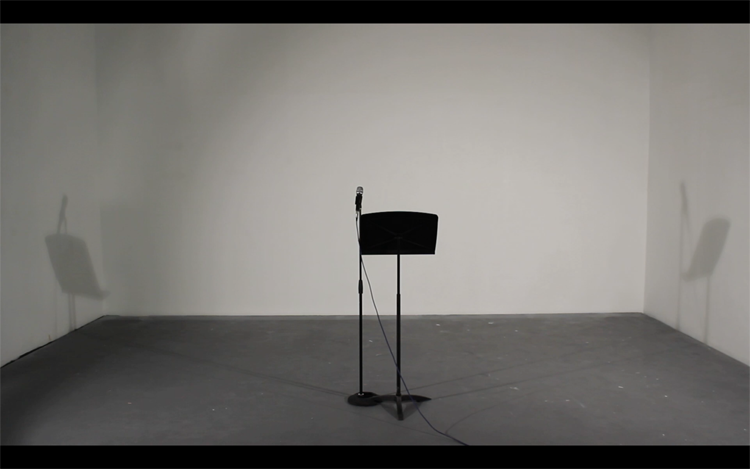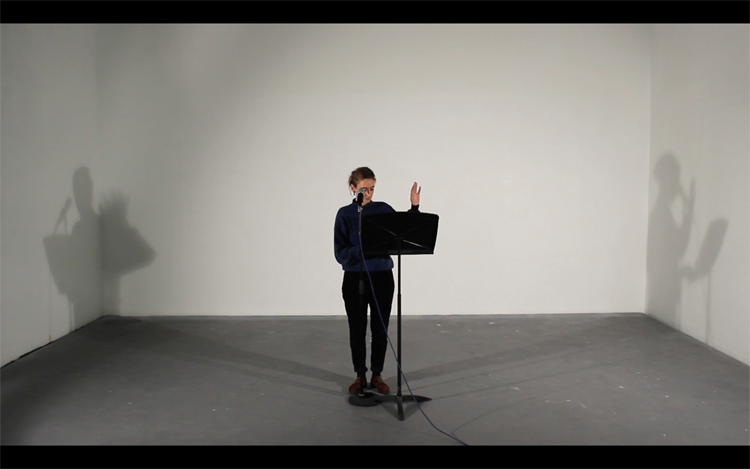Giulia Damiani | | NEWS / RECENT PORTFOLIO / CV / CONTACT
Writer, editor & translator from London & across Europe
(Un)wanted Proximity
The symposium and performance (Un)wanted Proximity took place at Goldsmiths University in November
2016, being part of an ongoing conversation on archival research and collaboration. The event drew on Giulia
Damiani's work on the archive of the collective Le Nemesiache and included multiform thoughts. It covered
art and fiction, improvisation and text, sudden interruptions, the responsibility to respond, the face of the
Other in interpersonal contact, likeness, the weight of the outside world or research, obligatory psychoses,
among other ideas. The abstract suggestion of the title, nearly an oxymoron, allowed for the creation of
unprecedented affiliations among subjects. It aimed at enacting thinking across categories.
Giulia Damiani and Barbara Mahlknecht presented new work and curatorial aspirations, while chairing a
discussion with invited speakers and the audience.
Scripted by Giulia Damiani, performer Helena Rice gave a talk on the connotations of (un)wanted proximity.
She engaged the public in a conversation on the unwelcome nearness of the Other, the physical tension
between bodies and the fading responsibility towards what is outside the individual; face contact dwindles
in a community of strangers.
Theatricality itself, a term once used to indicate the deceptive nature of women, narrowed the gap between
artifice and reality. By looking more closely at the experience of a theatrical text, the event placed the
viewers in close proximity to external reality and the representation of this; as Flaubert wrote: "for anything
to become interesting you simply have to look at it for a long time."
Duration came closer.
(Un)wanted Proximity considered the prolonged time in which actor and text,
researcher and research subject, artist and practice exist together. Besides the ephemeral time of
performance, the ownership of or estrangement from a role offer insights into the anxieties and perilous
identifications of artistic research. At what distance is the panorama? What gestures can bring us closer?
The project is continuing.


wanted proximity image 3.png)